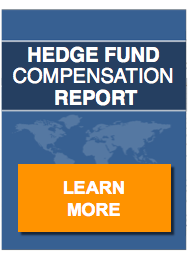Much has been written on the topic of the Federal Open Market Committee (FOMC) and, under Janet Yellen’s guidance, the course it has pursued with regard to interest rates. Rates, as history shows, have been instrumental in shaping monetary policy for decades. However, in the wake of the financial crisis, the FOMC needed an additional tool to deal with the carnage—enter quantitative easing (QE).
Under QE, the Federal Reserve purchased a substantial volume of financial assets, the bulk of which took the form of Treasury securities, along with a sizable chunk of government backed mortgage-related securities.
Before the Financial Crisis
Before the financial crisis, the Fed’s balance sheet was less than $900 billion. However, as the crisis matured, that number grew to $4.5 trillion where it has remained since October 2014 when the Fed effectively halted the policy.
However, halted may not be the best choice of words to describe what the Fed is doing, because as securities mature, the Fed purchases replacements to maintain that $4.5 trillion on its balance sheet.
Why Does it Matter?
Apart from the obvious fact that this balance sheet line item is five-fold its pre-crisis value, hedge fund managers and other market watchers may be able to use this figure as a window into the FOMC’s intentions with regard to interest rates.
The FOMC has signaled its intentions to shrink this number, while also saying that it has no intention to do so until “normalization of the federal funds rate is well under way.” Therefore, if the FOMC discontinues its practice of replacing maturing securities, allowing this number to shrink, it may be logical to assume that continued fed funds rate hikes are less likely to be on the horizon.
Under Yellen’s leadership, one hallmark of the FOMC has been uncertainty with regard to interest rate increases. Hedge fund managers may find that monitoring the Fed balance sheet has the potential to mitigate such uncertainty in the future.
However…
It should be understood that although the current tightening campaign will almost certainly include shrinking the balance sheet, it is unrealistic to assume that said balance sheet would be reduced to its previous level of $900 billion.
The economy today is a much different one than existed in 2008. It would be pure conjecture to state a number, but certainly reasonable to assume that it will be a number higher than $900 billion.
Given the FOMC’s record of unpredictability, it would be irresponsible for anyone to assume that balance sheet reduction will not occur prior to interest rate stabilization, but that is the most logical scenario.
Final Thoughts
The Fed’s decision to make these asset purchases were an alternative to other options such as negative interest rates. As the balance sheet grew, the Fed was tasked with the challenge of monitoring the impact on market conditions. Many would argue that they did a poor job. When the Fed begins to unwind these assets, one hopes they will enjoy greater success with regard to market volatility and long-term rates than was evidenced during the acquisition of these assets.


